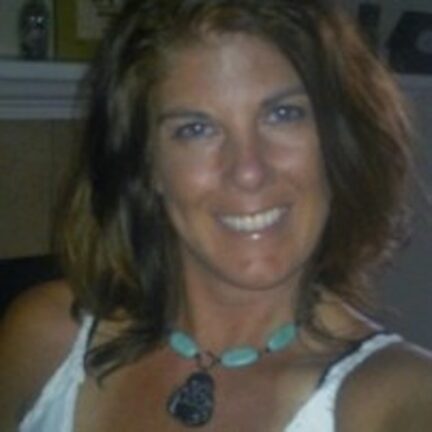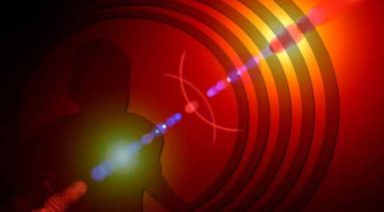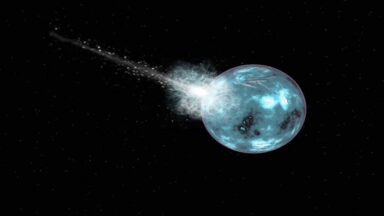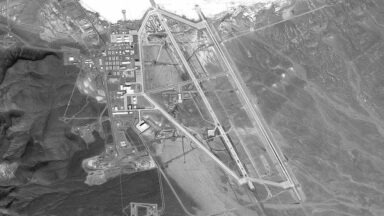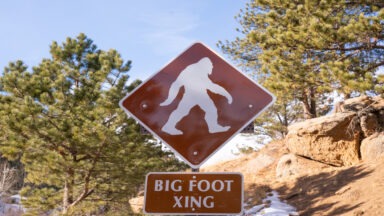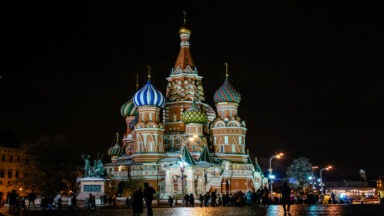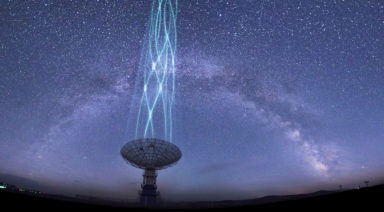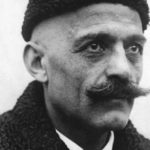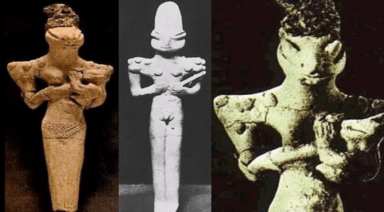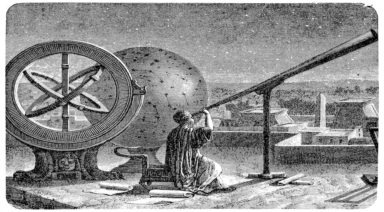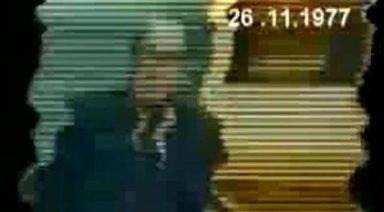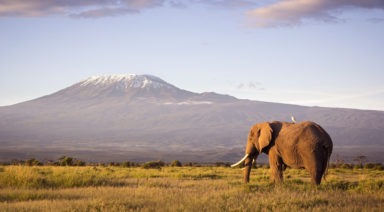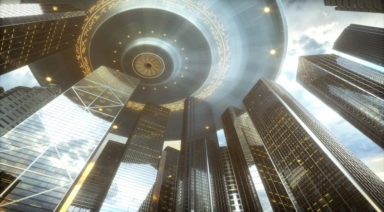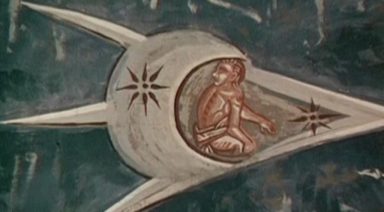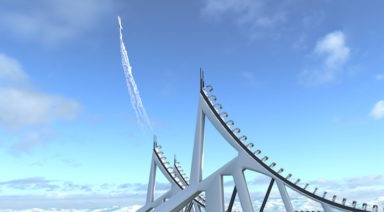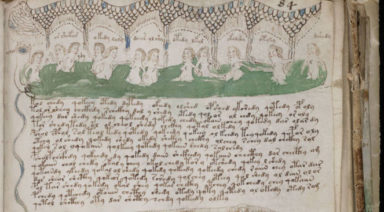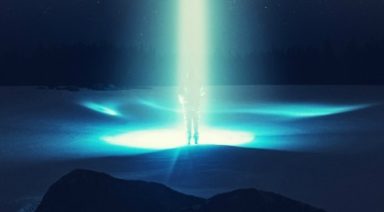The After Effects of a Near-Death Experience
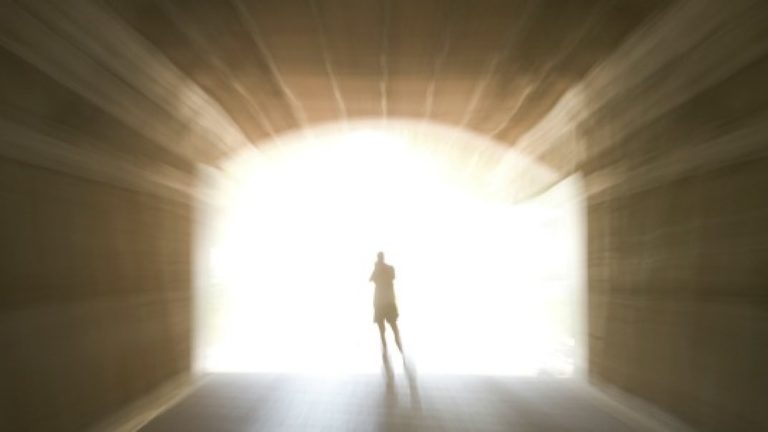
Stories of near-death experiences have existed for centuries. The subject is well researched yet the question remains: Is the origin of the near-death experience rooted in science or religion? Despite the continuous search for empirical explanations, accounts of near-death experiences and their aftereffects prevail.
Initially, aftereffects of a near-death experience can incite feelings of love while negative reports often express fear. Over time, aftereffects can stimulate psychosocial and psycho-spiritual deviations. Psychologists, school counselors and professionals in the medical field understand a need for intervention. Professionals can assist people who have near-death experiences by helping them integrate their experience, as well as provide support for family members.
The Question Remains: Is a Near- Death Experience Fact or Fiction?
Do we need to question our scientific world or spiritual space to understand near-death experiences? Stories from real people and their perceptions may shed some light upon clarifying the subject of near- death experiences.
Over several decades, many clinical cases have been recorded explaining events of people having life-changing experiences of dying, then coming back. This mysterious phenomenon has been named “near- death experience”, or “NDE.” According to the 2006 article Near-Death Experiences and Spirituality by Bruce Greyson, many stories revealed common features such as bright lights, tunnels and feelings of joy.” Furthermore, investigators collected data and found similar features including helping others more often, amplified compassion, spiritual versus religious inclination, and an overall disposition of gratitude and appreciation for life.
History of Near-Death Experiences
Stories of near-death experiences have been reported by many different cultures throughout several eras. The 2009 article Near-Death Experiences and Psychotherapy by LJ Griffith retells the story of a near-death experience: “Plato recounted a tale of a soldier who seemed to be dead, but came back to life explaining he had visited another world.” Global accounts of near-death experience stories “originate from Israel to South America,” Griffith states.
Raymond Moody is considered the pioneer of near-death studies in the mid-1970s. The main focus of his studies was to look at the actual experience and aftereffects. In 1975 Moody published Life After Life, which initiated further research and public interest. Moody’s book ignited over 50 research teams who published more than 55 studies involving a wide cultural span. According to the 2001 article A Hawaiian Near-Death Experience by Allen Kellehear, data collected on near-death stories spans the experiences of over 3,000 people practicing a range of religions.
Research on Near-Death Experiences
Research on near-death experience caught the interest of professionals in a variety of fields. According to Christian Agrillo’s 2011 Near-Death Experience: Out of Body and Out of Brain? research on near-death experiences is considered a valued subject in the field of cognitive neuroscience. The mystery of whether an afterlife exists represents an extremely important topic in philosophy as well. Additionally, Griffith discusses how researchers involved in near-death experiences include physicians, nurses, chaplains and psychologists – and some have written substantially on the subject.
Despite the amount of research on near-death experiences, a roadblock remains regarding what exactly a near-death experience is. Agrillo explains that some investigators have attributed roadblocks to the reality that the process of death and subjective manner in which we die is still a topic of limited knowledge.
Definition of a Near-Death Experience
Psychological and physiological models postulated in the past have failed to pass empirical investigations thus limiting a clear definition of a near-death experience. Research has involved exhaustive interviews resulting in categorical evidence. According to the 2010 article by KE Bell on How School Counselors Can Assist Student Near-Death Experiences, the results of interviews from several studies indicate patterns that define a near-death experience.
In Greyson’s 1999 article Defining Near-Death eExperiences, Greyson described twelve to fifteen consistent themes and features that were discovered on near-death experiences:
- An awareness of being above your body or dead
- Rise in joy or euphoria
- Entering a space or sometimes tunnel
- Seeing or feeling a very bright white light
- A sense of a being in a peaceful, beautiful or sometimes frightening place
- Encounter with loved ones who have previously passed on
- Angel type beings, guides or religious figures
- Some form of a life review which often involves experiencing deep emotion associated with ones actions
- A choice or perception that one has to come back
After effects
What happens after experiencing the near-death experience phenomenon? Often experiences result in positive, sometimes profound aftereffects such as a sense of bliss and euphoria in their lives. Many people find their personality has changed in addition to different beliefs and attitudes toward subjects in religion and death. Furthermore, Griffith explains that physiological transformations such as experiencing heightened sensation to noise or other senses, increased or decreased need for sleep and some level of sensitivity toward electromagnetic were described by people interviewed.
Religion
While examining the subject of religion, researchers found profound changes in near-death experiencers. According to Greyson’s 1999 article, interviews found the most often reported alteration in life was that of a spiritual matter. Additionally, reports of a stronger concern or empathy for others, a solid sense of purpose, closeness to God and an aversion to conventional religious practices were recorded. Not surprisingly, as reported in the same article, newfound characteristics parallel the definition of a spiritual transformation which often encompasses an authentic love for others on a large scale.
Negative Near-Death Experiences
Occasionally people report emotional turmoil and negative aftereffects. Psychological changes implicated include higher levels of neurotic anxieties depending on the specific interpretation of the event. Agrillo said that “nightmares, depression, isolation and conflicted relationships have occurred as well.” Specifically, researchers placed unpleasant near-death experiences into three categories; frightened or out of control, feeling utterly alone and horrific imagery like dark landscapes, ugly creatures or painfully loud noises.
Implications for Help
Often, individuals who experience a distressing near-death experience will interpret the event as a sign or warning. He or she will attempt to alter their life in some way. A second group will find a rational explanation for the event, such as a seizure or some sort of brain or nervous system dysfunction. Finally, and perhaps the hardest way to adapt to the situation is the aftereffect of feeling as if you are in a void. According to Bell, “people in the last group question why this happened to them and attempt to make some sense from the experience”. Furthermore, the latter group is most likely to seek counseling or therapy.
People who experience both positive and negative near-death experiences’ may need help integrating their new disposition in life; particularly the negatives as well as children who are less prone to disclose or process the experience. Moreover, a person’s family may benefit from counseling or therapy as a result of not knowing how to maintain the relationship with a person whose characteristics and major beliefs have changed. “Family members can feel hurt, confused and even angry over the event and the changes that followed the near-death experience,” Griffith said.
Professional Help
Professionals are willing and open to helping a person process their near-death experience. Hospice workers, pastors, psychologists and counselors are both accepting and helpful in cases of near-death experiences and are writing about ways they can help. According to the 2007 article by Steven Rice Insights on Near-Death Memories, a pastor of 20 years mentioned he has been changed because of the accounts he has heard over the years of near-death experiences. The pastor had seen people close to death who showed no fear and seemed eager to die (regardless of their religion).
Professionals have begun formulating and inducting programs for adults and children who need help integrating their near-death experience. The challenge has been, and may still be the practitioner or counselor’s judgment regarding the phenomenon. “Psychologists suggest when working with a patient who has had a near-death experience to be wary of your own belief on the topic; normalizing, integrating and avoiding assumptions of pathology are guidelines suggested,” Griffith states.
Bell explains that school counselors are asked to adapt an understanding of a near-death experience and what the signs might look like in a child. Currently, there are several resources through medical and psychological avenues that can guide counselors. Counselors can use active listening skills as they continue to be mindful of judgments or self-interpretations of a near-death experience. If successful, a school counselor can assist a student in personal, social and academic areas.
Whether near-death experiences occur from a physiological aspect or a psychological one, the result is the same; most people who have near-death experiences proclaim vast life changes with positive, negative or mixed undertones.
The field of psychology and near-death experience is limited, but promising, as professionals adapt an understanding. Counselors, pastors and doctors realize the need for help and the importance of sustaining judgment. In contrast, Greyson explains how “research does not reflect accurate data due to the number of unreported cases and sometimes skeptical view of the phenomenon.”
Perhaps as we learn more about near-death experiences and their aftereffects we might begin to understand what the essence of life means. Do the people who die and come back do so to send messages? Maybe they hold the key to the mysteries of life and death. Only time, patience and an open mind might explain the near-death experience.
Tell Your Near-Death Story
- Do you have a story about a near-death experience?
- Do you believe that near-death experiences are fact, or fiction? Why?
- What, if anything, can be taken away from a near-death experience?
- Do you believe the explanation of Near-death Experience is based from science or religion? Why?
- Do you think there might be a call for support or education around near-death experience?
Share your stories on Write for Gaia.
How a Near Death Experience Enhanced My Consciousness

There’s no doubt that consciousness is rapidly expanding throughout the human race. My coffee cup is about to start talking to me. A lot of what was once considered ridiculously paranormal has now been empirically-proven and popularly embraced. In fact, the human race is clearly now a race between the realization of how expanded consciousness plays in the creation of our world and the destructive consequences that ignoring it has caused and continues to cause every day.
Consciousness as an Elemental Force
So what does that have to do with near-death experiences (NDEs)? Well, now it seems even science is converging on the ancient—but currently revolutionary—concept that consciousness itself may be an elemental force: a field, like gravity. It might be an eternal quantum field of being, necessary for the formation of material life – rather than the other way around (this idea is nicely, and controversially, proposed by Dr. Robert Lanza, of Wake Forest University). And what are NDEs but further testimonies of the continuation of consciousness beyond physical life?
Co-Creating our Reality
The rapidly growing Near-Death Movement, based on thousands of testimonies of people who have experienced consciousness beyond the limitations of our physical life, is yet another example of humanity’s spiritual potential. It’s additional evidence of our ability to co-create whatever reality we participate in, be it on the earth right here, or in that sweet hereafter.
I’d never given any of it much thought until the power and meaning of my own three NDEs arose and compelled me to write a book that put me into the hub of the hubbub. I’ve since discovered that the community of near-death experiencers ranges somewhere from five to fifteen percent of the general population globally. Now that’s a whole lot of non-ordinary reality!
Consciousness – and Individuals – Are Unique
Naturally, I have less reason than the average Joe to doubt the veracity of all that testimony; but I have found plenty of reason to ask this question: why is it that near-death experiences are all so different? If we’re all governed by eternal, invisible machinery, why do we see such a range of afterlife options, all tailored to the individual participant? Shouldn’t we all go down that identical tunnel into the light and meet Grandpa in the shimmering fields of Elysium?
Some near-death returnees report celestial extravaganzas. Some tell of organizations of elders and angels, structured in an elaborate cosmic framework. For others, it’s a hellish nightmare, complete with every infernal cliché. The reason for all these differences can be simply explained if we consider the way we’re always participating in the field of consciousness, how we are always creating our own individual realities.
The Continuum of Consciousness
My own NDEs were humble by comparison, but they all had one glorious factor in common; that I did not lose consciousness when I lost consciousness. In fact, all three times, I experienced an enhanced consciousness, seamlessly uninterrupted from this life to the next.
Skeptics suggest this sense of continuity is the result of a still-active mind – a mind not yet fully “dead.” And they’re right. Since consciousness is a field we eternally participate in, our minds never do die, they simply join a greater mind. The Hindu Vedas suggested that thousands of years ago. Dear old Dr. Jung described it too, way back in the 20th century. The mind continues working.
“Memory ensures that nature creates individual forms that are copies of the primal universal forms.”
The Hermetica
And as for the differences, well, imagine someone dying, and awakening in this world. What would they experience? The war in Syria? A recital by the Mormon Tabernacle Choir? Perhaps a high-powered business lunch, or that visit to Grandpa’s? In this elemental context, we all imagine the life we are living and live it. We all enter into the life we need to experience. This is the mystery of any incarnation, and it will continue to be the mystery from this life to the next (although NDEs do generally suggest that things are better explained over there).
The Unharnessed Power of the Mind
And what if all bets were off when it comes to our greatest potential imaginable – the unharnessed power of mind? What if our imaginations were released from the obvious limitations of this physical form? Almost anything is possible here and now––how about a world where your imagination is set free to manifest reality without material limit?
In “the next world,” as in this one, our imagination is like the clay; consciousness is like the ever-spinning potter’s wheel, and the source of power is like, well, The Source of Power. Welcome to every life (and afterlife) you will ever live – and remember, whatever life you’re living, always look for the love!
Article originally published Oct. 4, 2014

